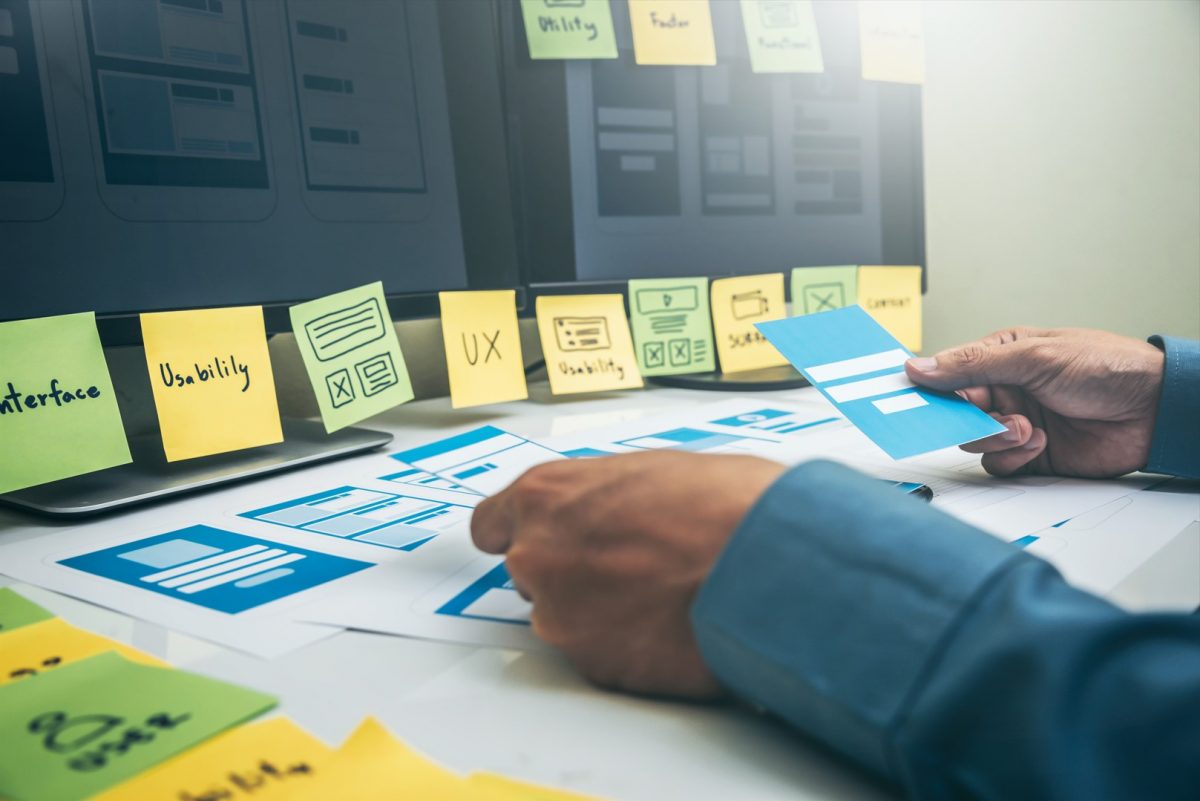It implies creating solutions that are apt for the use of people with disabilities, either permanent (blind, deaf, mute or with neuromotor disabilities, to mention a few)– or temporary, as would be the case of people with a fractured arm, an ear infection, or an eye ulcer.
In the world, there are over 1000 million people with some kind of disability according to World Health Organization data – this is about 15% of the world´s population. The trend shows this number rising drastically due to population ageing and an increment in the prevalence of chronic diseases.
Within this frame, regulations on these subjects remains uneven: while in the USA, for example, there are laws that require for digital tools to be accessible, in most of Latin America there are laws as well, but they are not as ample. For example, in Argentina, at this time, the law concerns only products or digital services offered by the government.
On a global scale, the web content accessibility guidelines (WCAG) determines the standards digital products should reach in order to be considered accessible. And, among other things, they focus on accessible design.
Web accessibility comprises all disabilities which affect internet access, including auditive, cognitive, neurological, physical, visual and speech impairment related.
Support Technologies
Beyond guidelines and laws which guide and regulate accessibility for people with disabilities, today there are numerous tools or devices which allow the generation of actions and interaction with digital devices including people that cannot move. In this way, there are developments which allow for users with severe disabilities to have access to information and interact with a digital device or use a house element.
In such sense, in the field of wearable technologies there is a new area called “brain-machine interfaces” where interfaces with the computer are proliferating beyond making a webpage accessible per se. On the other hand, there are wearable tools which obtain information from the body and can also contribute to accessibility subjects.
In general, there is a preconception that making a product accessible is very expensive – but reality is that in order to carry out these developments, the technology company needs to engage at least three areas: user experience, development, and quality assurance. For example, Baufest has an agreement with an entity to carry out usability testing with blind people. But even if it is true that including these considerations is somewhat more expensive, it is neither that much.
Digital inclusion
From Baufest, we understand that it is important for organizations to become engaged in digital solutions subjects because they contribute to the construction of a more egalitarian society. Besides, there are many benefits a company obtains for offering digital accessible products. For example, they will reach a larger number of users, and they will also strengthen their brand positioning generating wider fidelity, as well as their SEO positioning – as when users look for products for people with disabilities on their browsers, the company will appear among the first options.
On the other hand, besides the need to favour digital inclusion of persons with disabilities, today, technology also allows for the increase of people’s capacities, known as human augmentation. For example, a traffic controller needs a certain cognitive and mental capabilities to be able to make good decisions; and, thanks to different technologies or support products, today he can receive extra help from systems which analyse the workload they are having and, when detecting they are controlling too many flights, assign no more.
As well, the tendency towards omnichannel also brings out the need to work on accessibility, as interfaces with digital channels and tools are not fixed, but variable and that people use them in different ways as they communicate with the systems.
In your company, are accessibility guidelines taken into account when developing a website?


